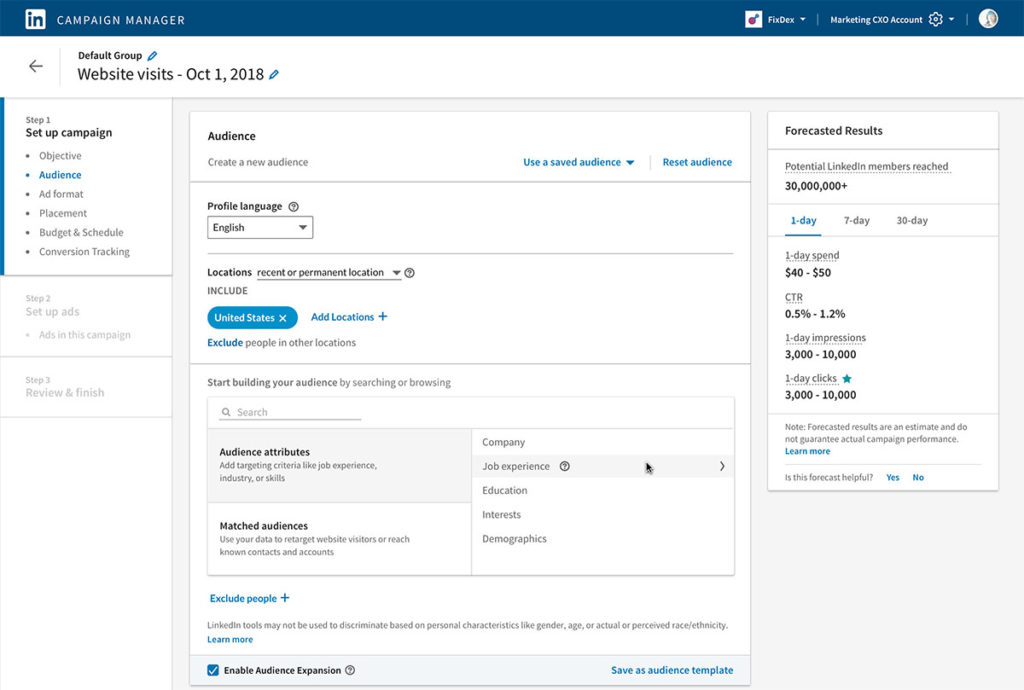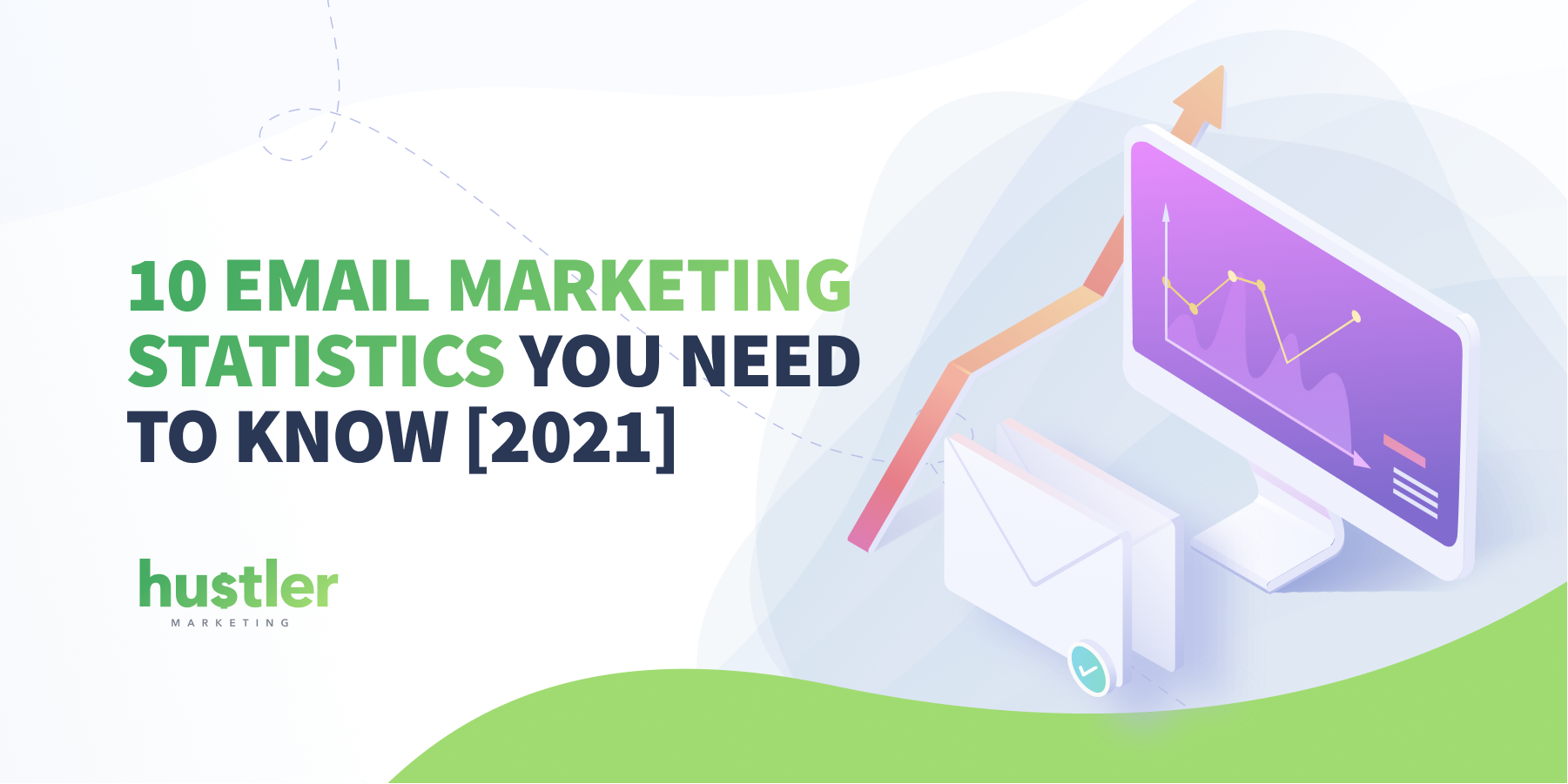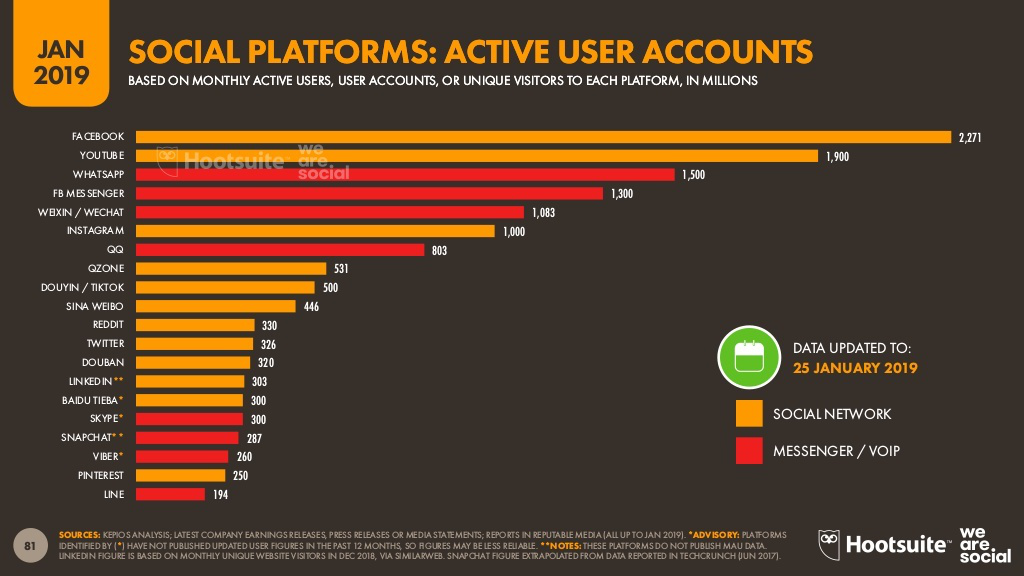
The best advertising interactive is one that works for both the brand and the customer. In this type of situation, the product or service that the consumer is interested in is exchanged with another brand. Examples of this type of interactive advertising include Tweets from popular brands like Denny's and Carousel ads. Interaction with apps and games can be very beneficial to both brands. Interactive experiences are enjoyable and inviting. Here are some ideas to make advertising interactive.
Carousel ads
Facebook allows you to combine testimonials and reviews with your carousel ads to make them more interactive. A moving carousel ad is more likely to capture the audience's attention and motivate them to take action. Here are some suggestions for making a carousel advert that will work best for you business. Let's start. Your first step is to find the best platform for posting your carousel advertisement.
Carousel ads make it easy to highlight key features of your products. When used correctly, carousel ads can highlight several features of a product. A link can be included on the card to provide more information about the benefits and features of a product. Interactive carousels let the audience engage with the advertisement for as much time as they like. Carousel ads are interactive and can make your advertising more interactive. They can also increase conversion rates.
Direct-to-Product ads

Direct-to-Product ads (DTP) are advertising campaigns targeted at a consumer. Once the product has reached a retail distributor's shelves, it loses all control of the experience. A product that reaches a retail distributor's shelf is no longer in control. It's now at the discretion of the manager and the store. However, if a brand is dedicated to providing the best possible experience for its customers, DTP advertising may be the best way to do it.
While direct-toproduct advertising focuses primarily on reaching the consumer there are direct-toconsumer (DTC), advertising campaigns. DTC advertising campaigns are available in radio, print and social networks. The goal of DTC advertising is to remind customers about the product. While prescription pharmaceuticals are the most common example of DTC advertising campaigns, other types of products may fall under DTC advertising. For instance, financial products may fall under this category.
Interaction with apps
App interaction is a great way to make advertising more personal and memorable. It helps users make positive brand associations. Advertising interactive through interaction with apps can improve user experience for both apps and ads. Users can download apps or interact with ads by using compelling CTAs. If consumers feel that they are making an impact in their lives, they will be more inclined to interact with ads.
Video ads
To capture online viewers' attention, brands are increasingly using interactive video ads. Such ads could encourage viewers to donate money or help a charity, take on the role of the character, or even make a beauty tutorial. This new form of advertising has several pitfalls to avoid, but if you take the time to develop a playable video, it can be extremely powerful for brands. These are just a few of the problems associated with interactive video ads.

Interactive video ads, first of all, require audience participation. Interactive video ads should provide value beyond a static advertisement. Marketers also have valuable consumer data thanks to interactive video ads. They can track how long people spend viewing an ad, what they click, whether they check another box, share it, or if they even share it. Interactive video ads can help brands develop a stronger relationship with their audience, which in turn will lead to increased conversions.
FAQ
Why would you need a content strategy in marketing?
Content marketing isn't just about producing quality content. It is about building relationships and engaging with people on a personal level. This requires an in-depth understanding of online behavior.
This is precisely what Content Marketing Strategy does. Content Marketing Strategy can help you to understand your customers and best engage them.
It will also help you increase your conversion rates, which can lead to higher profits.
However, there are plenty of options for content marketing strategies.
Content marketing strategy is more effective than any other form of marketing.
A well-executed, content-marketing strategy will make it easy to grow brand awareness and to sell products.
How can you create good content?
A good piece of content should be informative, helpful, and easy to share. The best content should have a clear call-to-action, such as a button or link to allow readers to sign up to a free trial, learn more about a product, and/or purchase something from you site. It's also important to include visuals in your content so that it can easily be shared across all media types.
How does Content Marketing Strategy work for me?
Content Marketing Strategy grants you access to data that you would not otherwise have. This data allows you measure the success of different types content.
It will help you determine the best strategies to increase traffic to your website. It gives you insight into your audience to help you develop better content.
This means you can spend less time worrying about what kind of content works and more time focusing on what doesn't.
An analysis of your audience's response to your messages can be done through a Content Marketing Strategy.
This analysis will allow you to determine which content they like. This will allow you to create similar pieces of content, and help keep your ideas alive.
A Content Marketing Strategy is a tool that helps you monitor the performance of your content. As you continue sharing different content types, you can easily see which ones convert better.
A Content Marketing Strategy can be summarized as the key to ensuring that your content performs well.
How can I measure success with content marketing?
There are several ways to measure the effectiveness of your content marketing strategy.
Google Analytics is a good tool to measure your progress. This tool will allow you to see from where your targeted traffic comes and the pages they visit most often.
It will also show you how long each visitor stays before leaving your site.
This information can be used by you to improve your content, get people's attention, keep them engaged longer and make it more appealing.
Another method of measuring the success of your content marketing efforts is to ask yourself these questions:
Is my email newsletter providing any value to my subscribers? How much of my entire mailing lists have become paid members? How many people clicked through to my landing pages? Do those who click through convert at higher rates than others?
These are all important metrics to track, monitor, and report on over time.
Lastly, another great way to measure content marketing success is to look at the number of times people share links to your content across social networks.
It's worth starting now, if it isn't already. It could make all the difference in whether you are seen or ignored in your industry.
Statistics
- An example of an overarching goal could be: "In 2022, we want to achieve a 20% increase in revenue created by organic content and generate 15,000 MQLs with a budget of $30,000." (semrush.com)
- Content marketing produces 3X more leads per dollar spent. Content marketing costs 62% less than traditional marketing. (criteo.com)
- Seventy-two percent business to business (B2B) (mailchimp.com)
- Progress indicators (0–100%) allow each team member to see how attainable each goal is and understand what remains to be accomplished. (semrush.com)
- Measure your goals with a progress indicator of 0-100%. Make your goals collaborative and transparent (semrush.com)
- To further show the importance of this, 89% of people have stopped doing business with a company because of a poor experience. (neilpatel.com)
- Companies that use content marketing see approximately 30% higher growth rates than businesses not using it. (mailchimp.com)
- We found that 40% of businesses don't have a documented strategy yet. (semrush.com)
External Links
How To
Informationgraphic creation tips for content marketing
Infographics are an effective way to explain complicated concepts clearly and make information understandable. Information marketing is about providing valuable and useful information to your target audience. Infographics are a great way to share this message.
To create an infographic, you will need to use design software like Adobe Illustrator or Photoshop. These programs can be used for drawing out shapes and elements to represent data. After that, you can add fonts and colors to make it look professional. Once your design is ready, you can start uploading images from sites like Pixabay and Unsplash to insert into your design.
Check out existing infographics online to get some ideas. If you want to show calories in certain foods, then you can take a picture or diagram of a food pyramid, and add pictures of the foods. You could also look at the sugar content of soda pop, and then take a photo of a Coke bottle.
Once you've designed your infographic, you can share it through social media channels like Facebook and Twitter. This will make it easier for people who don't know the concept to get familiar with it. You can include hashtags in your infographic if you want to share it on social media. Hashtags enable users to follow along in conversations related to specific topics.
Make your infographics shorter than normal if you are creating them. An average blog post can be anywhere from 2000 to 5000 words long, while an infographic only requires 500 to 1000 words. This means that you can convey more information in a shorter space.
When designing your infographic, remember that some viewers may struggle to read small font sizes. You should use large fonts for your infographics. Don't rely too heavily upon color. Also, ensure all text is legible.
These are additional tips:
-
Choose an Infographic Design Template. Many templates are available in both printable and online formats. The most popular ones include Canva, Piktochart, and Google Slides.
-
Your Infographic is ready. Use the template below to create your infographic. You can use any kind of media that you feel is appropriate for your audience. For example, creating an infographic about the best places to eat in Seattle might choose photos of local restaurants.
-
Add text. Add text after you've created your infographic.
-
Add Images. Add images to an infographic. These can be pictures, charts, graphs, or icons. Make sure your picture is relevant to the topic you are adding.
-
Make It Interactive. You can also add interactive elements such buttons, maps, links, and other features. This will allow you to engage your audience.
-
Share. Share your infographic with others on social media such as Facebook, Twitter and LinkedIn.
-
Measure. What was the performance of your infographic? Did people click on your website? Did they sign up to your email list? What was their reaction to your infographic?
-
Improve. Is there a way to improve your infographic? Are you able to do it better the next time?
-
Repeat. Repeat.